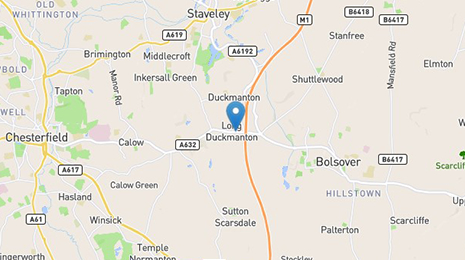Colombo Pond KH Test Kit Accurately measures carbonate hardness in pond water. Contains 25 tests.
What is KH?
KH, also known as Total Alkalinity or Carbonate Hardness is a measure of the buffering capacity of the water in your pond. The buffering capacity refers to how well the pond can resist changes in pH.
Why test for KH?
Established ponds tend to acidify over time. This decrease in pH is due to the release of organic acids by the fish and the release of acidic substances by the beneficial bacteria in the pond and filters. The buffer in the pond counteracts this change by effectively ‘mopping up’ these acids preventing the natural drop in pH. If the pond was allowed to drop in pH the fish would become very sick. Ponds with excessive algae can show large pH fluctuations on a daily basis. This change is prevented if there is a sufficient KH. It is important to regularly check and maintain the KH as it will eventually run out.
What do I do if the KH level is wrong?
Check the KH level of your tap water (or spring water etc). If the level is above 6°dH then regular water changes should keep the KH value in the pond topped up at a reasonable level. If the KH value is below 6°dH then perform water changes and boost the KH of the pond using KH (Buffer) up.
If you have a low KH level it is vital to regularly check the pH of your pond, to ensure it has not dropped too low.



.png)